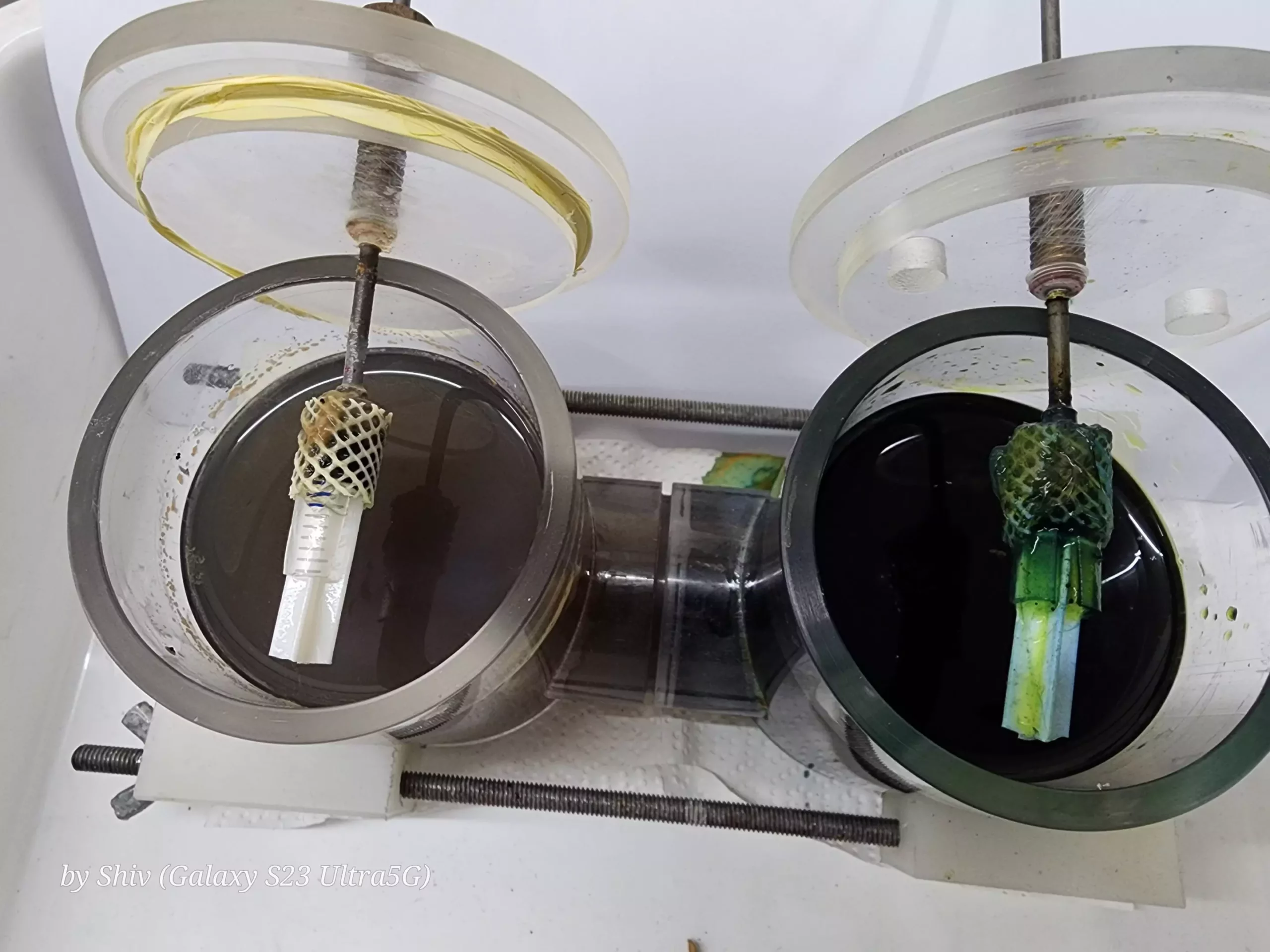As we confront the pressing environmental crises of our time, the concept of waste takes on a new dimension. Rather than viewing waste solely as an issue that needs addressing, we now stand on the brink of a remarkable transformation—one where waste is reimagined as a resource. The advent of microbial fuel cells (MFCs) exemplifies this shift, harnessing the untapped potential of microorganisms to not only address wastewater treatment but also generate clean energy. Recent advancements in MFC technology, particularly involving novel spherical capacitive NiO-N-CNF/ACB electrodes, underscore the promising future of this innovative approach.
Microbial fuel cells are bioelectrochemical devices that convert organic material into electricity through the metabolic processes of microorganisms, chiefly bacteria. Traditionally found in wastewater treatment facilities, these microorganisms utilize organic waste as fuel, followed by the generation of electricity as a byproduct of their metabolic activities. The need for such technology could not be more urgent, as the world grapples with the dual challenges of energy scarcity and wastewater management.
In recent studies published in the Chemical Engineering Journal, scientists have made significant strides in improving MFC performance by enhancing the electrodes used in these systems. The introduction of NiO-N-CNF/ACB electrodes has shown exceptional potential, achieving remarkable metrics in power generation.
The breakthroughs seen with NiO-N-CNF/ACB electrodes stem primarily from their unique composition and structure. These electrodes are developed using a technique called suspension polymerization, which creates a highly effective capacitive structure. This design optimizes surface area, allowing for increased bacterial colony growth on the electrode’s surface. The greater the biofilm of electroactive bacteria, the more efficient the power generation becomes—similar to adding more capacity to a battery.
These electrodes facilitate essential electrochemical reactions, particularly the oxygen reduction reaction, a vital component of MFC functionality. The biocompatibility of these materials ensures they work seamlessly with the existing bacterial communities in wastewater, contributing to a three-dimensional architecture that enhances electron transfer efficiency.
The outcomes from incorporating these capacitive electrodes into MFC systems have been astounding. An open-circuit potential (OCP) of 0.8 volts and a power density of 2,900 mW per cubic meter demonstrate efficient electron transfer and effective electricity generation from waste. Perhaps more importantly, the deployment of these electrodes has led to a significant reduction in chemical oxygen demand (COD) by 74%, indicating a substantial decrease in organic waste in the treated water.
The dual benefit of energy generation coupled with wastewater purification places MFC technology at an advantageous position in sustainable practices. By turning wastewater treatment into an energy-generating process, MFCs could potentially reduce the energy demands typically required for traditional effluent treatment processes, making them a more economical and environmentally friendly solution.
The broader implications of MFC technology extend well beyond power generation and wastewater treatment. As we strive towards cleaner water for our communities and ecosystems, the ability of the NiO-N-CNF/ACB electrodes to break down organic pollutants is crucial. The identification of key bacterial species, such as Raoultella ornithinolytica and Pseudomonas aeruginosa, further underscores the system’s biological efficiency. These microorganisms play pivotal roles in electron transport and biofilm formation, enhancing the overall functionality of MFC systems.
The shift from waste being a problem to a potential resource embodies a transformative approach, challenging conventional perceptions and practices surrounding waste management. Envisioning wastewater treatment plants as energy-generating facilities presents a remarkable opportunity for sustainable infrastructure.
The Path Forward: Scaling and Optimizing
The findings associated with NiO-N-CNF/ACB electrodes spotlight the significant potential for the next generation of MFCs. As research continues to evolve, we foresee a future where technologies like microbial fuel cells become integral to our energy landscape. The scalability of these systems makes them an attractive proposition for municipalities looking to bolster their energy independence and environmental stewardship.
Next steps involve ongoing refinement of electrode materials, enhancement of microbial biofilm growth, and the design of MFC systems that maximize efficiency. The focus remains on pushing boundaries to deliver higher energy conversion rates while maintaining the ecological benefits MFCs provide.
The advancements in microbial fuel cell technologies, particularly surrounding the use of innovative electrodes, signal a new era in energy generation and waste management. The convergence of these elements offers not just an innovative solution but a compelling vision for a sustainable future wherein the very concept of waste is fundamentally transformed into a vital resource. With continued innovation and support, we can harness the innate power of waste, catalyzing a cleaner, more sustainable world.


Leave a Reply